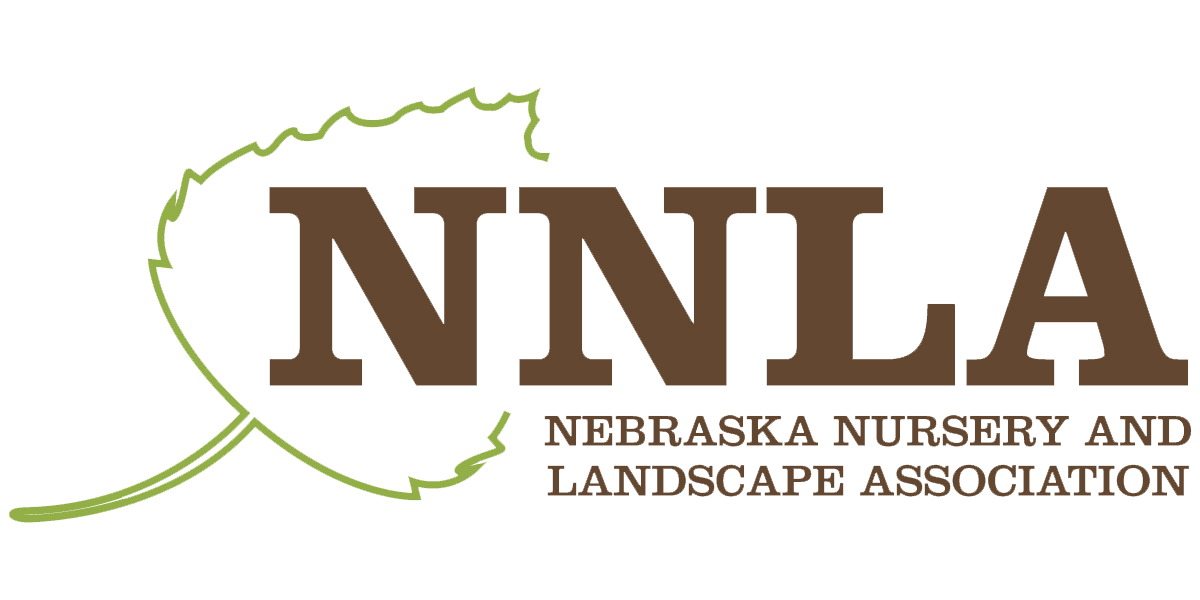Landscape Tips & Resolutions
Did your yard meet your expectations last year? For most of us, and almost every year, not entirely. Did you enjoy being out in it? For most of us a big yes, we can hardly imagine not having a green landscape around us.
Still, if there’s a way to work less and enjoy more, we’re all in. Here’s a few things some of us who have been gardening a very long time (i.e. we’ve killed more plants than you) are resolving to do this year.
Making sure trees and shrubs are mulched around the base, possibly in the form of the living mulch of lower-growing plants, eliminates or reduces damage from mowers and string trimmers, reduces competition with turf for water, stabilizes temperature extremes, inhibits weed germination, conserves moisture and usually looks better too.
Creating cleaner lines or edges to further define lawn or flower beds. Clean edges make the whole landscape look better. Whether that’s a mown path or using logs to outline flower beds or pathways (they can be rolled aside to mow and they’re quick, cheap and easily movable markers to make the landscape look a little more “planned”).
Paying more attention to how much or little we’re watering. Placing a rain gauge where the sprinkler is hitting can let us know exactly how much plants are being watered. It’s especially helpful for trees and shrubs that give less immediate notice of too much or little moisture.
Saving and using organic matter whenever we’re working the soil. It doesn’t have to be a huge project, it can become part of normal activities to add a shovelful of leaves, clippings or kitchen waste when we’re planting. Gradually it will make the soil richer and easier to work. And composting doesn’t have to be complicated. Just dig a hole out of sight, put in kitchen or other waste, add some water and cover it with soil. Moisture and worms will break it down within weeks. Trench composting is much faster than dry, aboveground methods and it can be done almost year-round except when soil is frozen hard mid-winter.
Giving more thought to what we’re planting. For trees and shrubs, natives and edibles, the longer-lived the plant the more care should go into selecting the right one for the right site.
Leaving some wild areas on the edges for a little less maintenance, more biodiversity and habitat for pollinators and other wildlife.
Figuring out which weeds are most problematic in our yards and relaxing about them more. There will always be weeds. Some are temporary while others are problematic and best controlled early on. If there’s large areas of them, smothering them for a season with a layer of cardboard covered with mulch might be the easiest way to get them under control.
Spreading a tarp when we’re weeding or doing other cleanup makes the mess easier to haul away; no raking or picking up when we’re done. And for those of us who tend to lose small tools in the chaos of weeding or pruning, spraying bright handles on small tools makes them easier to find.
Thinking more about the visitors we want to invite in. If that’s neighbors, plan a shady spot with seating and places to set the lemonade. If it’s birds and butterflies, make sure there’s food and varying heights for them to land on in both sun and shade.
Enjoying our yards more. In many parts of the world, having a yard is a rare and expensive luxury. Most of us in this generous and spacious state take it for granted; appreciating the landscapes we have right now is a resolution worth making.
Karma Larsen, Nebraska Statewide Arboretum, plantnebraska.org

